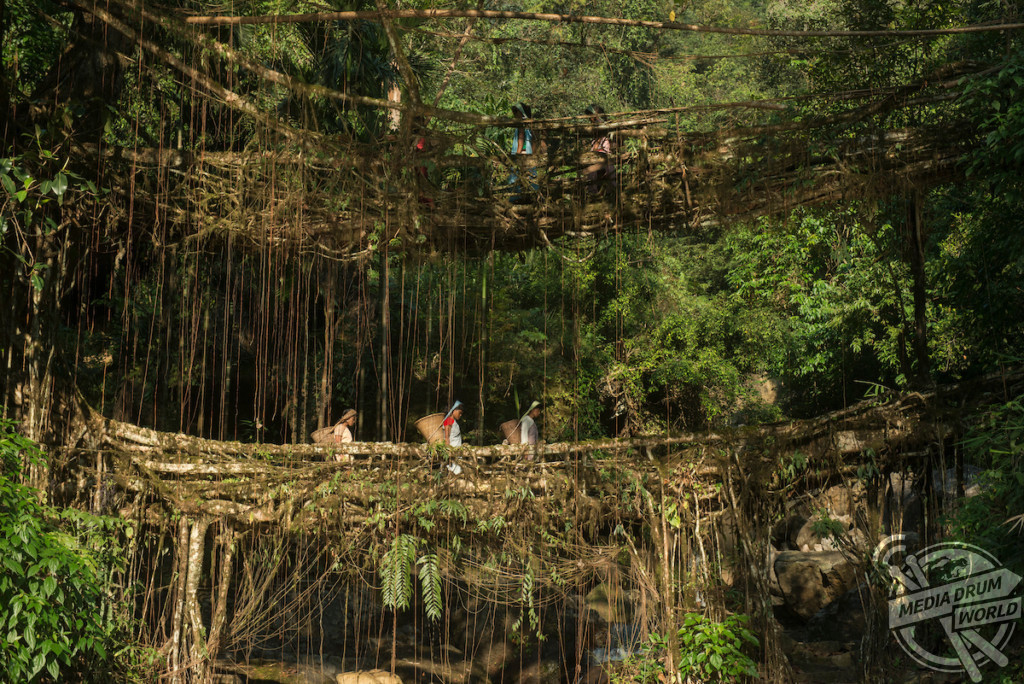By Timmy Odejimi
MEET the tiny tribe whose village in North-East India is famously known for its Living Bridges which they make from fig trees.
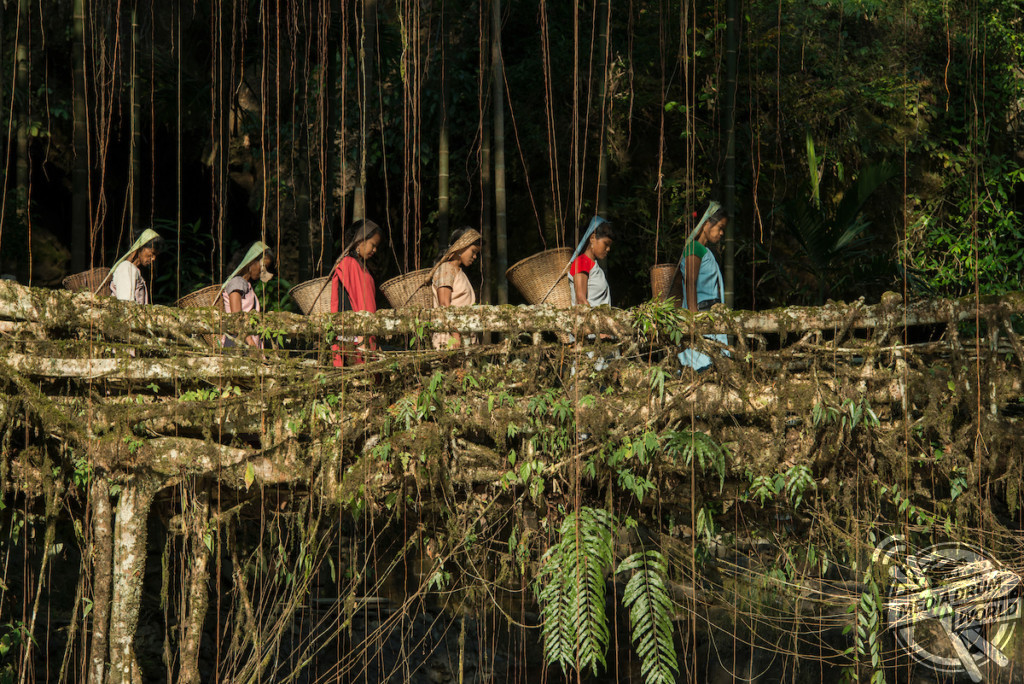
The small community known as the Khasi tribe live in the little village of Nongriat which is separated from its neighbouring town, Cherrapunji, by an exhausting 2800 steps. Nongriat village is well-known for its living root, suspension, and double decker root bridges which are formed through the roots of several fig trees.
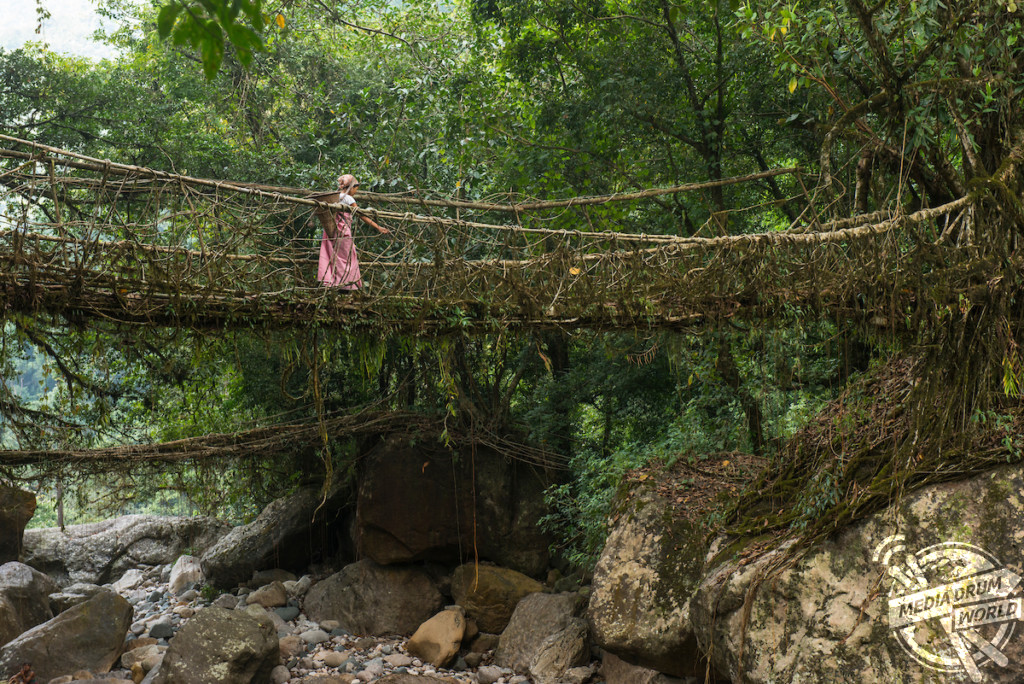
Other breath-taking images show the women of the tribe walking through the delicate bridges on their way to find food with hamper baskets to their back. These awe-inspiring photographs were captured in India by British photographer, Pete Oxford (58), who, along with his wife Renee Bish, spent time with the Khasi tribe.
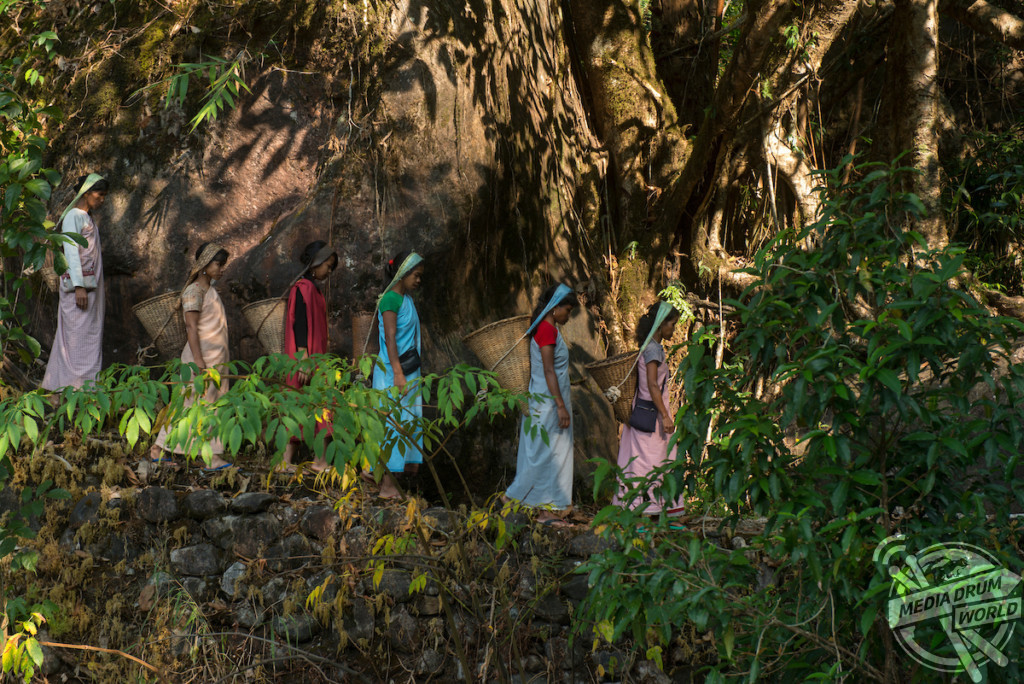
“During our trip we saw no wildlife, only people with guns, bows, fish traps, rat traps and bird traps,” Pete said.
“The village is famous for its Living bridges, a series of bridges formed by ‘training,’ over generations, the roots of two or more fig trees to span a river and anastomose together, eventually bridging the river to become commutable by humans.
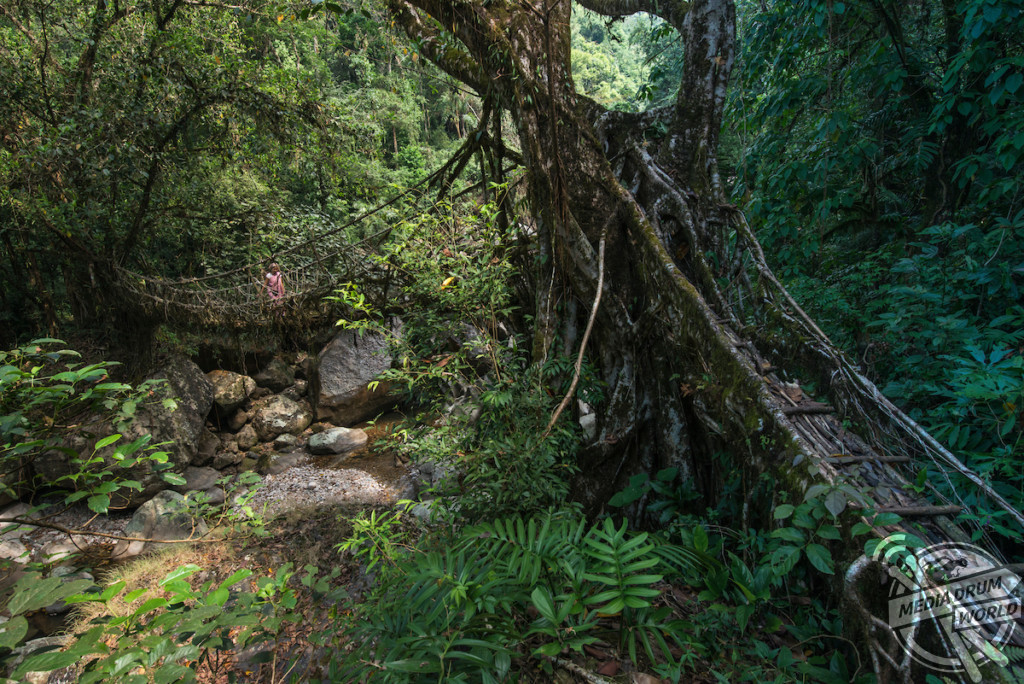
“The Khasi people were outwardly relatively uninteresting as a culture.”
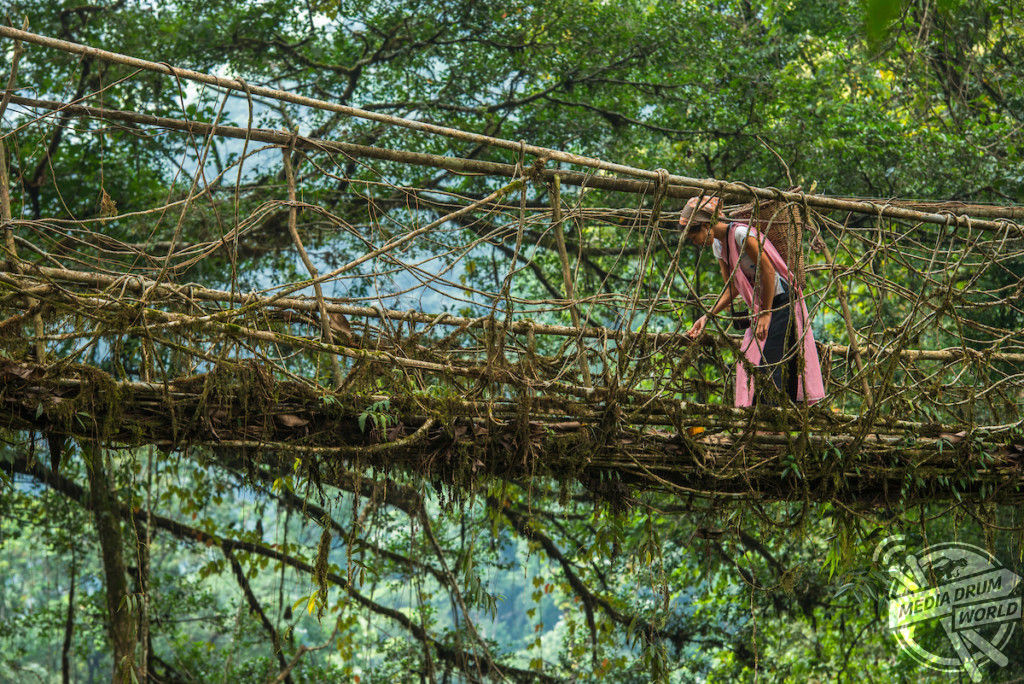
Despite the tribe being situated in the north-east of India, the community are more of a mix of Burmese, Nepalese, Chinese and Tibetan because of the borders they share.
The bridges are not the most comfortable, but the Khasi people built them in a sustainable way that it will become stronger over time.
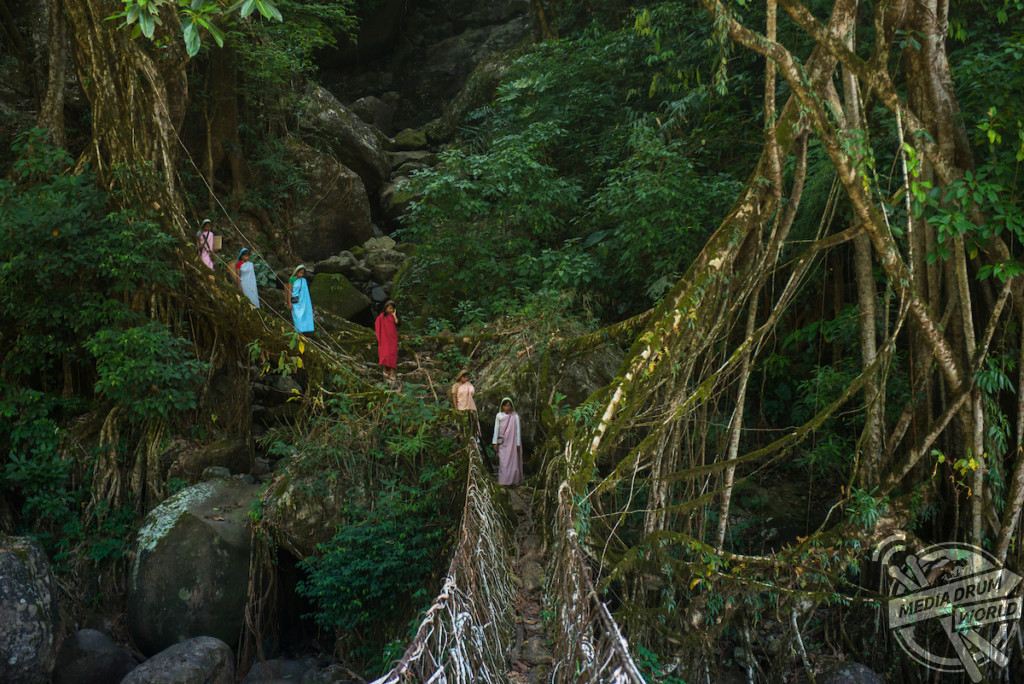
There are many beautiful bridges to admire in the small village of Nongriat, with each unique and mesmerising in their own way.
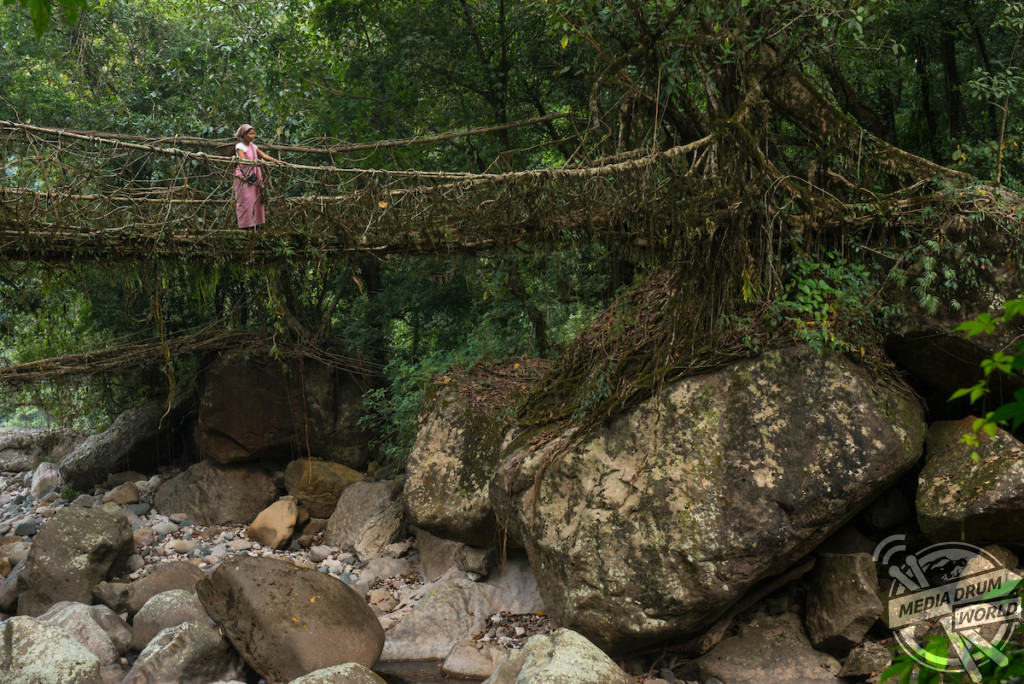
“The Khasi people themselves are more Asian, closer to Nepalese, Burmese, Chinese and Tibetan with whom they share borders,” he said.
“Over more time and with careful training, the bridges become beautiful works of natural art.
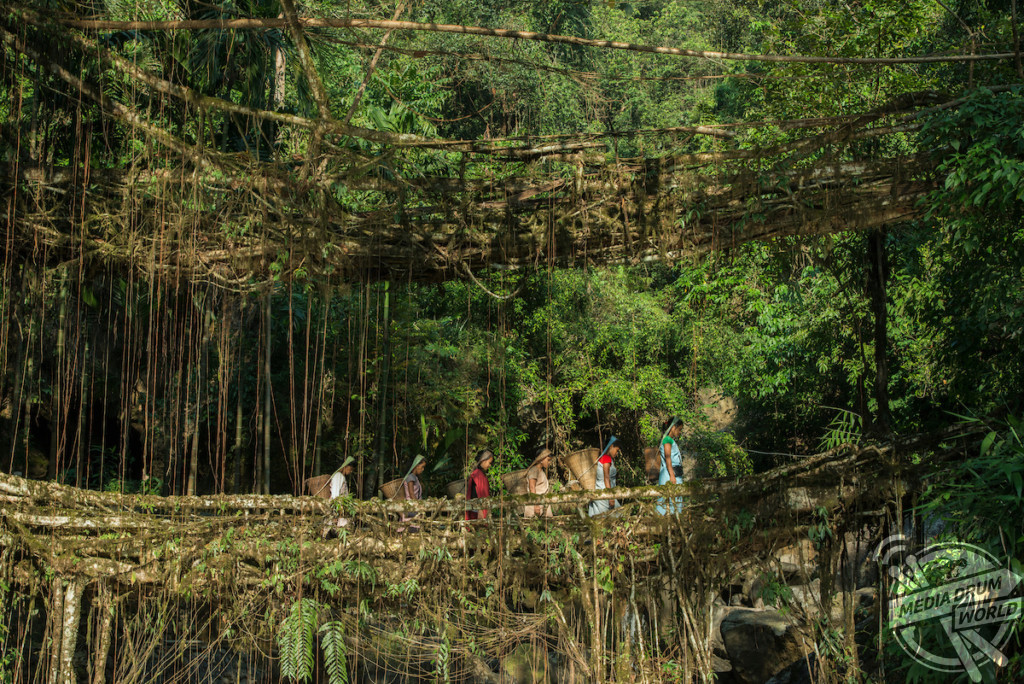
“With little or no maintenance required, the bridges actually become stronger over time than weaker like those of our society.
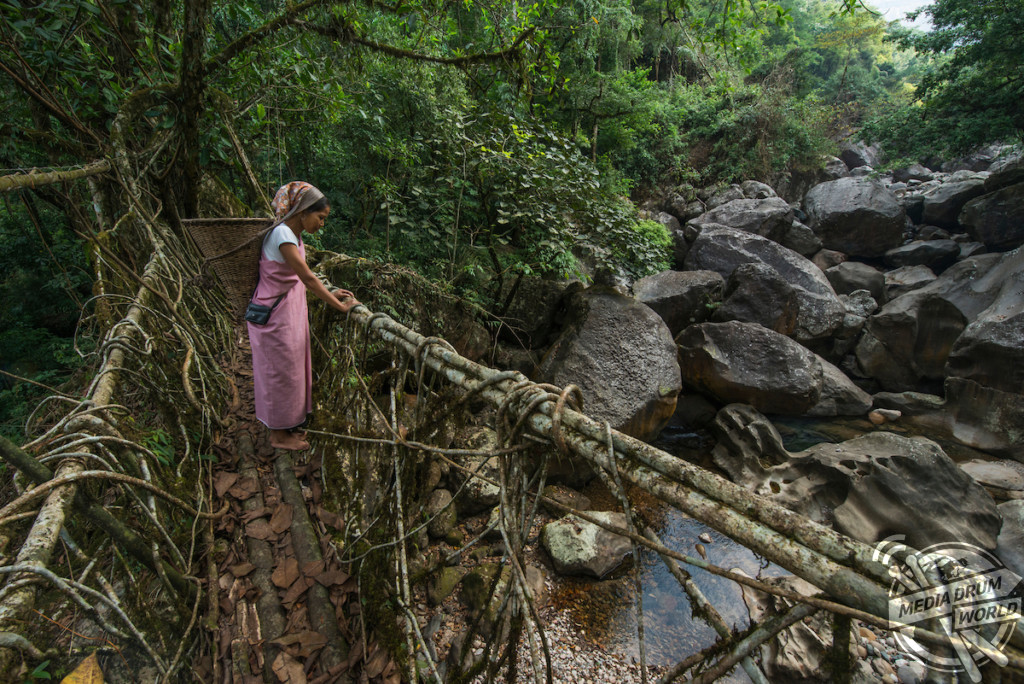
“We were left transfixed by the bridges as well as the ingenuity of the tribe that had made them.”

